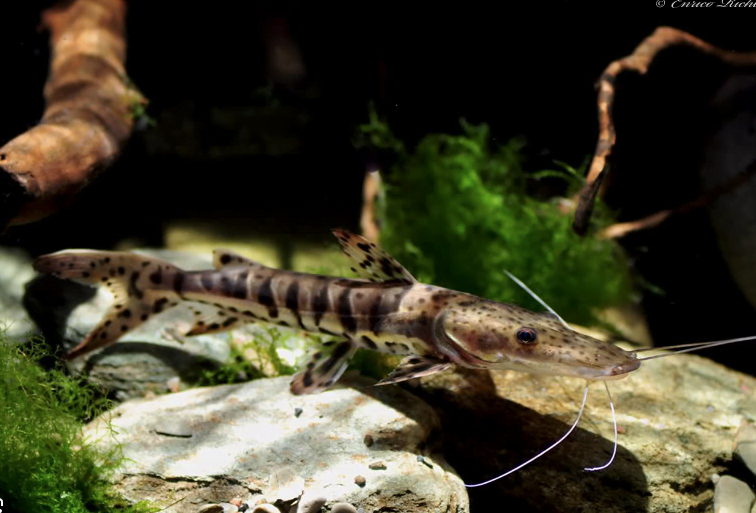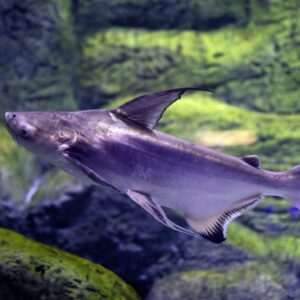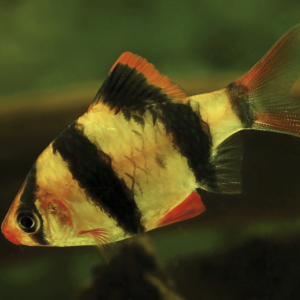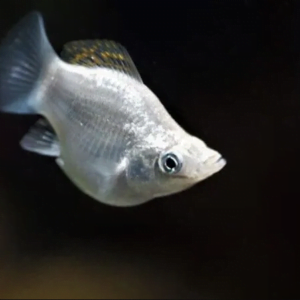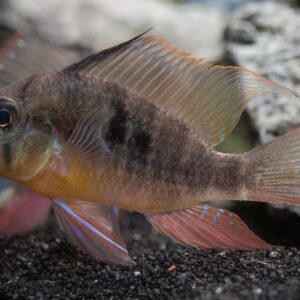Tiger Shovelnose Catfish – LARGE
Earn 30.00 Reward Points
₱3,000.00
Availability: 1 in stock
Your live fish may not match the image shown due to natural variations in each species. Each companion animal is different in shape, color, and personality.
Scan to Purchase
Here’s a care guide for Tiger Shovelnose Catfish (Pseudoplatystoma fasciatum) in bullet points:
Tank Setup:
- Large Tank: Tiger Shovelnose Catfish can grow quite large, so start with a tank of at least 300 gallons for juveniles and consider upgrading to a larger tank as they grow.
- Strong Filtration: Invest in a powerful filtration system to maintain water quality, as they produce a lot of waste.
- Substrate: Use sand or fine gravel as substrate to prevent injury to their barbels.
Water Conditions:
- Temperature: Maintain water temperature between 75-82°F (24-28°C).
- pH Level: Keep the pH between 6.0 and 7.5.
- Water Hardness: Maintain moderate water hardness (5-12 dGH).
- Regular Water Changes: Frequent water changes are essential to keep water parameters stable.
Diet:
- Carnivorous: Tiger Shovelnose Catfish are carnivores and have a high-protein diet.
- Offer a Varied Diet: Provide a mix of live or frozen foods like feeder fish, shrimp, crickets, and pellets designed for large catfish.
- Avoid Overfeeding: Don’t overfeed, as they are prone to obesity.
Tank Mates:
- Compatibility: Keep them with larger, non-aggressive fish species that can tolerate their size and territorial behavior.
Behavior and Activity:
- Solitary and Territorial: Tiger Shovelnose Catfish are usually solitary and can be territorial.
- Strong Swimmers: They are strong swimmers and need ample swimming space in the tank.
Tank Decor:
- Minimal Decor: Tiger Shovelnose Catfish can be destructive and may uproot plants or decorations, so keep decor minimal.
- Provide Hiding Spots: Include caves, driftwood, or PVC pipes for them to hide in.
Health and Disease:
- Quarantine New Fish: Quarantine new additions to the tank to prevent disease outbreaks.
- Monitor Health: Keep an eye out for signs of stress or disease, such as loss of appetite, rapid breathing, or unusual behavior.
Handling and Safety:
- Beware of Sharp Edges: Tiger Shovelnose Catfish have sharp spines, especially along their dorsal fin. Handle them with care to avoid injury.
Tiger Shovelnose Catfish are impressive and powerful fish that require specific care to thrive. Creating a suitable environment with plenty of swimming space and quality filtration is essential for their well-being. Understanding their territorial nature and providing a protein-rich diet is key to their health and longevity in captivity.
Related products
-
Paroon Shark
₱4,000.00 Select options This product has multiple variants. The options may be chosen on the product page -
Platinum King Balloon Molly
₱2,500.00Original price was: ₱2,500.00.₱600.00Current price is: ₱600.00. Select options This product has multiple variants. The options may be chosen on the product page

